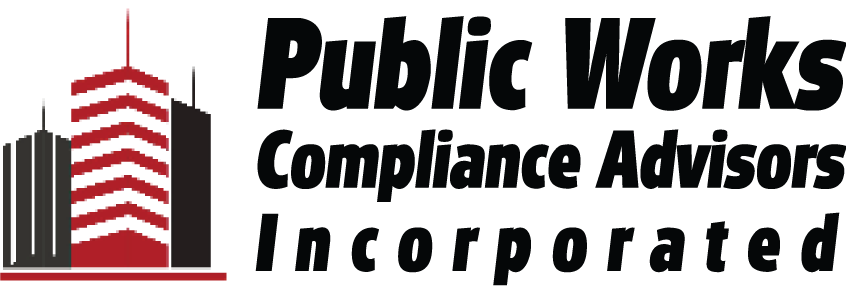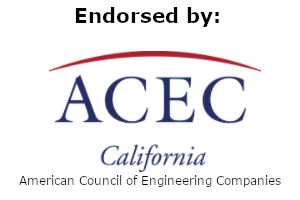In-House DIR/DLSE Compliance Audit

Assessing and Auditing Certified Payroll Records:
The statute of limitations for the DIR/DLSE to impose fines and penalties is eighteen (18) months following the completion of the entire project, not just your portion of the project. For this reason, the PWCA staff will begin assessing and auditing your payroll records so as to head off potential prevailing wage fines and penalties from the DSLE. The following is where we begin to build our penalty-prevention strategy before the DIR/DLSE discovers any infractions.
Safe Harbor Compliance Audit and Analysis
What is a State and Federal Safe harbor compliance audit? Safe Harbor defined: A safe harbor is a legal provision in a statute or regulation that provides protection from a legal liability or other fines and penalties when state (or Federal Davis Bacon, 29 CFR) prevailing wage and public contract law conditions are met. To that end, PWCA’s compliance and legal units propose to audit and analyze the four requirements of Labor Code section 1775, subdivision (b), sections 1771,1775, 1776, 1777.5, 1813, and 1815. From this safe harbor audit and analysis, PWCA will recommend corrective action while the in-house compliance training of RFE’s human resource staff is taking place.
Journeymen:
Here, we anticipate the exact steps taken by a DLSE investigator assigned to audit your certified payroll records:
1. We begin with an analysis of your company’s prevailing wage contracts, specifically the language dealing with the “Scope of Work” as enumerated by the contract. (Labor Code section 1720, 1773.1 Standard of Review).
2. The audit would then compare the classifications from the contract with the classifications of the “actual” work performed by your workers. (Labor Code section 1720, 1773.1 Standard of Review).
3. Next, we would conduct a full wage determination review from the DIR’s website from which we would derive the rate of pay for each worker as specified by the DIR. (Labor Code section 1720 and public contract code sections 2600 – 2603 Standard of Review).
4. Lastly, we would request a copy of your prevailing wage employees’ payroll records from which we would compare the rate of pay that your worker received to the rate of pay that is mandated by the DIR. Additionally, we would examine the fringe benefits paid to your workers and compare them to the fringe benefits demanded by the DIR. (Labor Code section 8 CCR 16000 Standard of Review).
Apprentices:
We would repeat the above stated process with each apprentice that should have been employed on your prevailing wage projects.
1. At this point, we would review your submission of the requisite DAS-140 and -142’s to the appropriate apprenticeship committees for each apprenticeable craft on a per project basis. (Labor Code section 1777.5 Standard of Review).
2. We would review the CAC-7 training fund contributions. From the DIR’s published wage determination, review the training fund contributions for each craft so as to determine what the cumulative total of the training fund contributions required to be deducted from the employee’s paycheck and paid to the California Apprenticeship Council or to an approved apprenticeship program. (Labor Code section 1777.5 Standard of Review).
3. Following the above, we would review the requisite certified payroll records documenting all of the above. (Labor Code section 1720 Standard of Review).
4. Lastly, if subcontractors or subconsultants were used on any of your prevailing wage projects, all of the above would need to be supplied to PWCA by all subcontractors and subconsultants so as to eliminate or mitigate any non-compliance exposure to your company. (Labor Code section 1776.1 Standard of Review).
Federal Davis-Bacon In-House Audit
A PWCA Auditor will follow the same procedures as stated above for a Federal Davis-Bacon Department of Labor In-House Audit. However, standard of review would be in accordance with (CFR 29 U.S.C., 28 U.S.C. 2461)

